Food52's Automagic Holiday Menu Maker

Food52's Automagic Holiday Menu Maker
Choose your holiday adventure! Our Automagic Menu Maker is here to help.
View MakerPopular on Food52
Continue After Advertisement
19 Comments
phunnygirl
January 7, 2015
I agree that end product is greatly improved by measuring by weight versus volume, where the recipe is written for weight. However, I have always been concerned about spontaneously converting volume to weight (when recipes are written for volume) and wondered what everyone's experience has been with results?
swaff
January 7, 2015
Use best quality baking chocolate. Instead of using flour when preparing your
pans for chocolate cake, use cocoa. Don't be afraid to make ganache. Toast nuts before using. If you use cake flour, use unbleached. Separate eggs when cold, then warm before using. Don't try to eliminate fat from desserts - it's not like you eat them every day and you can taste the difference. Add a pinch of salt to your frosting.
pans for chocolate cake, use cocoa. Don't be afraid to make ganache. Toast nuts before using. If you use cake flour, use unbleached. Separate eggs when cold, then warm before using. Don't try to eliminate fat from desserts - it's not like you eat them every day and you can taste the difference. Add a pinch of salt to your frosting.
Heather W.
January 7, 2015
I love using a scale to measure, and I can do all the conversions myself. But it would be so much easier if the recipes were just written that way, including recipes on this very site. Could you (and other recipe sites) please make the commitment to publishing recipes with measurements given in weight as well as, or instead of, volume?
Heather W.
January 7, 2015
It just makes everything so much easier, as they state in the article. Rather than measuring and levelling and measuring again, you can just put the bowl on the scale and start dumping. Not to mention that weight is a much more accurate measurement, particularly for things like nuts, for which the size of the chop can cause big differences in measurement.
Allison T.
January 5, 2015
Wonderful ideas! In this coming year I want to expand my baking capabilities, I already love baking but there is always room for improvement. I especially love the sifter tip since I hate sifting. www.lashesanddashes.com
mnr_t
January 5, 2014
Remove the skin from toasted hazelnuts by rubbing with a microfiber cloth/towel. Nearly instantaneous!!
judi H.
January 5, 2014
Ditto on using the sifter. I have my gram's old one and it always reminds me of being in her kitchen while she baked wonderful things.
I_Fortuna
January 5, 2014
1-Using vinegar (about a teaspoon white or apple cider vinegar) in a bread recipes helps to activate the baking soda, baking powder and even yeast. Once the bread is baked there is no vinegar taste left. Check out the ingredients on the rapid rise yeast. It is noted that vitamin C (also acidic) is added to help the leavening process. Vinegar does the same when used with regular yeast or other leavening.
2-Also, using whole buttermilk or whole milk makes for a more moist and tender loaf or cake. If all that is available is low fat, I add more oil or butter to the recipe.
3-When using buttermilk. always add baking soda even if the recipe does not call for it but does call for buttermilk, yogurt or sour cream. This is necessary to help the chemical leavening reaction. Baking powder alone will not work as well even though it contains baking soda.
3-Baking powder and baking soda work best together. Rarely is baking soda used alone without buttermilk, yogurt or sour cream which are all acidic.
4-Two parts cream of tartar and one part baking soda can be used as a homemade baking powder.
5-Applesauce works to keep a loaf moist and tender. In fact, apples, pears, bananas, and raisins do this too.
6-Olive oil instead of butter makes a more moist loaf. I often use it if I am making a boxed or scratch cake.
7-Coconut oil is fine if used in warmer temperatures or if the baked goods are warmed before serving otherwise, it hardens to the consistency of parrafin wax making the baked goods heavier and not as pleasant to eat cold, although some people (hubby) like it that way.
8-If making bread, I have had the most success with water roux or tangzhong bread and no knead bread. I take the no knead bread in the bedroom at night (warmest room in the house) and 8 to 12 hours later I can bake my bread. Some loaves take longer so you may be baking in the late morning or afternoon. If you are an early riser, some kinds of bread can be ready to bake for dinner.
9-Flax meal and flax oil can be partially or completely used in place of eggs and butter. Lecithin is the key in flax products. Always keep flax products refrigerated to avoid them becoming rancid. I keep my flax meal in the freezer and although is does not change the texture it keeps fresher.
10-Don't over mix quick breads or they will become tough. This is easy to do when using a stand mixer.
11-Although not always necessary, I sometime heat the butter with the buttermilk to just barely warm before adding it to my dry mixture. The cold butermilk or milk will reharden the butter I melted if they are not warmed together. If warmed, all the ingredients mix better.
12-If possible, add baking soda at the end of mixing then pop it right away in the oven. Baking soda will start working immediately in a warmer mixture. I realize this is not always possible.
12 1/2-Almost any oven proof pan or pot can be used to bake yeast breads. Oven proof skillets, casserole dishes, casserole dishes with lids can become a cloche, just remove the lid at the end of baking time to brown the loaf. Bundt pans and angel food or tube pans are terrific for yeast breads and the bread can become a wreath as a bonus. Cookie sheets are fine to, I line them with parchment for a better crust. Romertopf or Schlemmertopf clay bakers are wonderful too and cost about the same a clay cloche. I would use one dedicated only to baking instead of other cooking such as chickens or stews so the flavors don't transfer.
Hope these tips help : )
2-Also, using whole buttermilk or whole milk makes for a more moist and tender loaf or cake. If all that is available is low fat, I add more oil or butter to the recipe.
3-When using buttermilk. always add baking soda even if the recipe does not call for it but does call for buttermilk, yogurt or sour cream. This is necessary to help the chemical leavening reaction. Baking powder alone will not work as well even though it contains baking soda.
3-Baking powder and baking soda work best together. Rarely is baking soda used alone without buttermilk, yogurt or sour cream which are all acidic.
4-Two parts cream of tartar and one part baking soda can be used as a homemade baking powder.
5-Applesauce works to keep a loaf moist and tender. In fact, apples, pears, bananas, and raisins do this too.
6-Olive oil instead of butter makes a more moist loaf. I often use it if I am making a boxed or scratch cake.
7-Coconut oil is fine if used in warmer temperatures or if the baked goods are warmed before serving otherwise, it hardens to the consistency of parrafin wax making the baked goods heavier and not as pleasant to eat cold, although some people (hubby) like it that way.
8-If making bread, I have had the most success with water roux or tangzhong bread and no knead bread. I take the no knead bread in the bedroom at night (warmest room in the house) and 8 to 12 hours later I can bake my bread. Some loaves take longer so you may be baking in the late morning or afternoon. If you are an early riser, some kinds of bread can be ready to bake for dinner.
9-Flax meal and flax oil can be partially or completely used in place of eggs and butter. Lecithin is the key in flax products. Always keep flax products refrigerated to avoid them becoming rancid. I keep my flax meal in the freezer and although is does not change the texture it keeps fresher.
10-Don't over mix quick breads or they will become tough. This is easy to do when using a stand mixer.
11-Although not always necessary, I sometime heat the butter with the buttermilk to just barely warm before adding it to my dry mixture. The cold butermilk or milk will reharden the butter I melted if they are not warmed together. If warmed, all the ingredients mix better.
12-If possible, add baking soda at the end of mixing then pop it right away in the oven. Baking soda will start working immediately in a warmer mixture. I realize this is not always possible.
12 1/2-Almost any oven proof pan or pot can be used to bake yeast breads. Oven proof skillets, casserole dishes, casserole dishes with lids can become a cloche, just remove the lid at the end of baking time to brown the loaf. Bundt pans and angel food or tube pans are terrific for yeast breads and the bread can become a wreath as a bonus. Cookie sheets are fine to, I line them with parchment for a better crust. Romertopf or Schlemmertopf clay bakers are wonderful too and cost about the same a clay cloche. I would use one dedicated only to baking instead of other cooking such as chickens or stews so the flavors don't transfer.
Hope these tips help : )
Beth C.
January 5, 2014
Use a digital scale. My daughter is a pastry chef and there are so many reason why you should bake only using weight. It will improve your cooking dramatically and make every recipe come out the same every time. IT is the one thing that will make you a better baker instantly and the bonus: you save time in clean-up.
Katelinlee
December 30, 2013
I love my sifter and plan to use it whenever called for. Baking is supposed to be fun and relaxing! I say take the time.
Yorkshire L.
December 30, 2013
Some interesting tips here but I'm puzzled as to what most of them have to do with baking. For example, I've never used ghee in baking, or lemon curd, or balsamic vinegar (and the link is about making a sauce for strawberries which is nothing to do with baking). And icecream? That's not baking either.
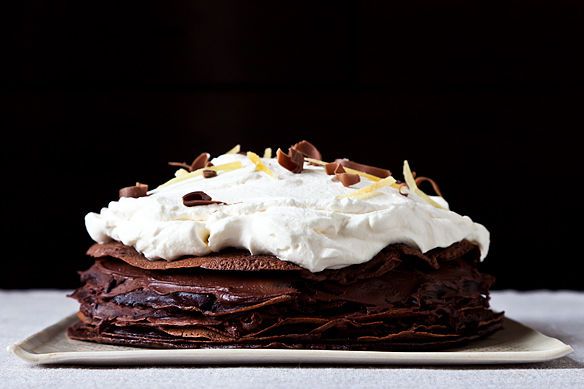

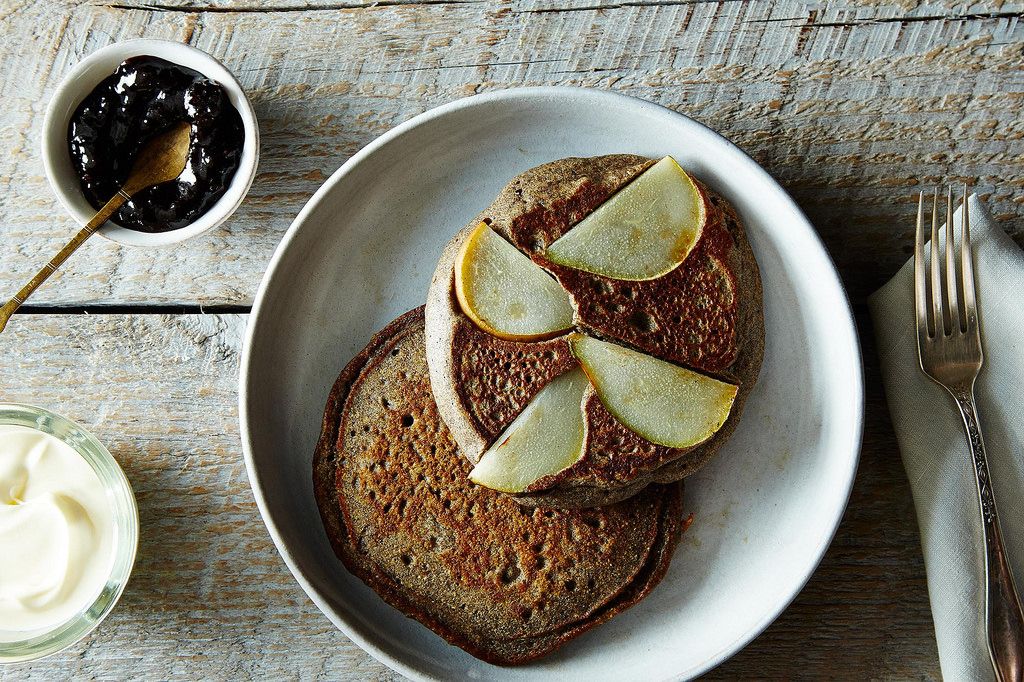

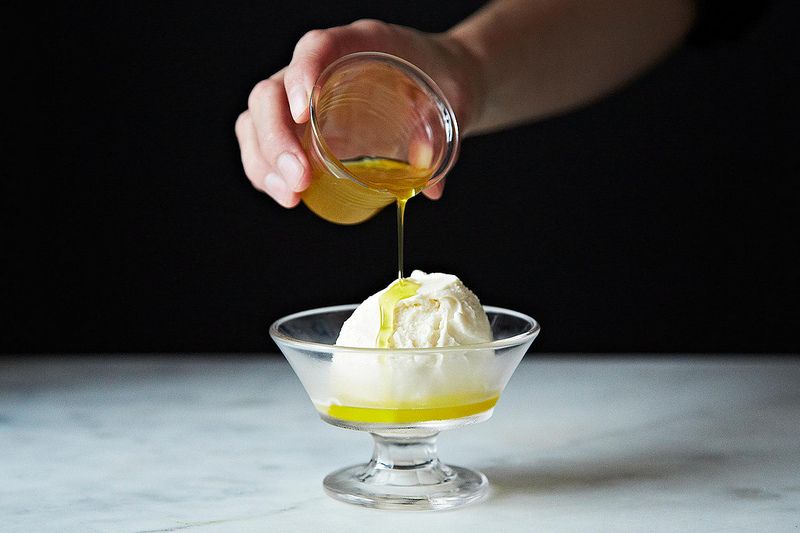
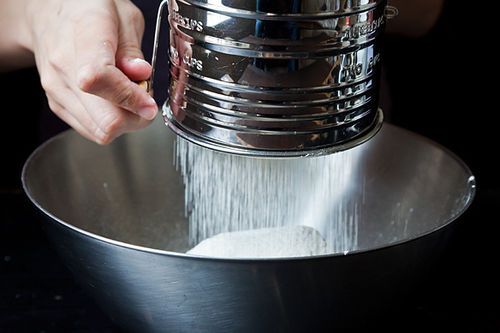

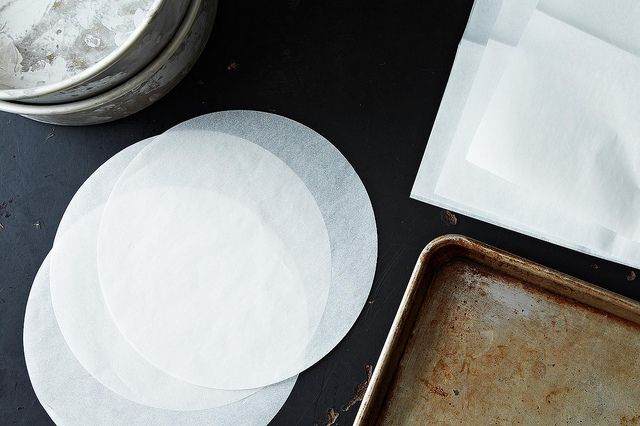
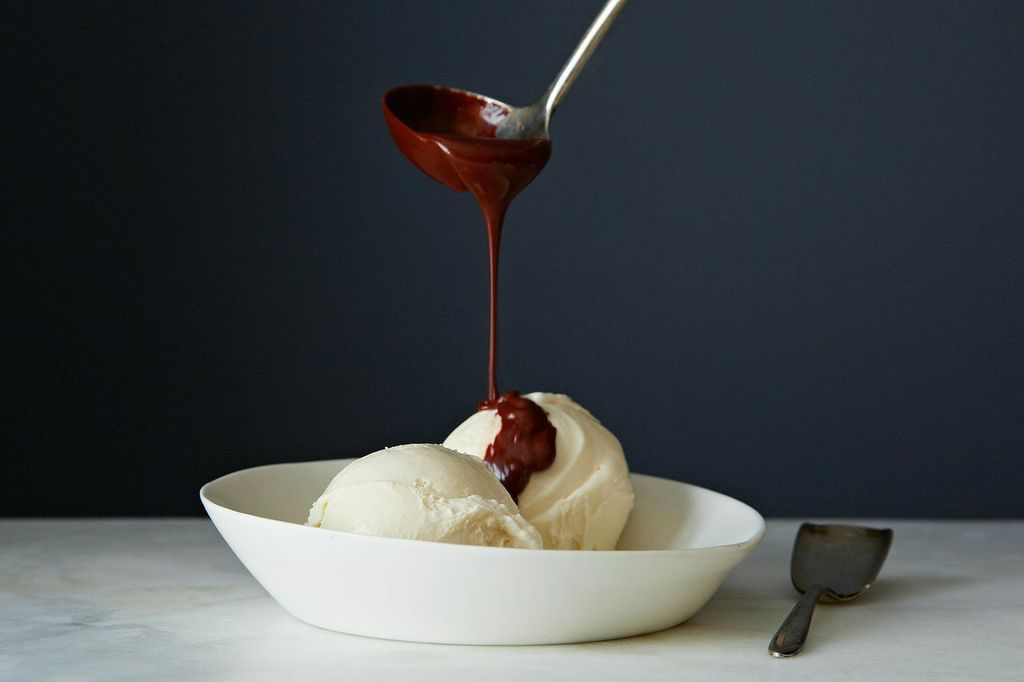
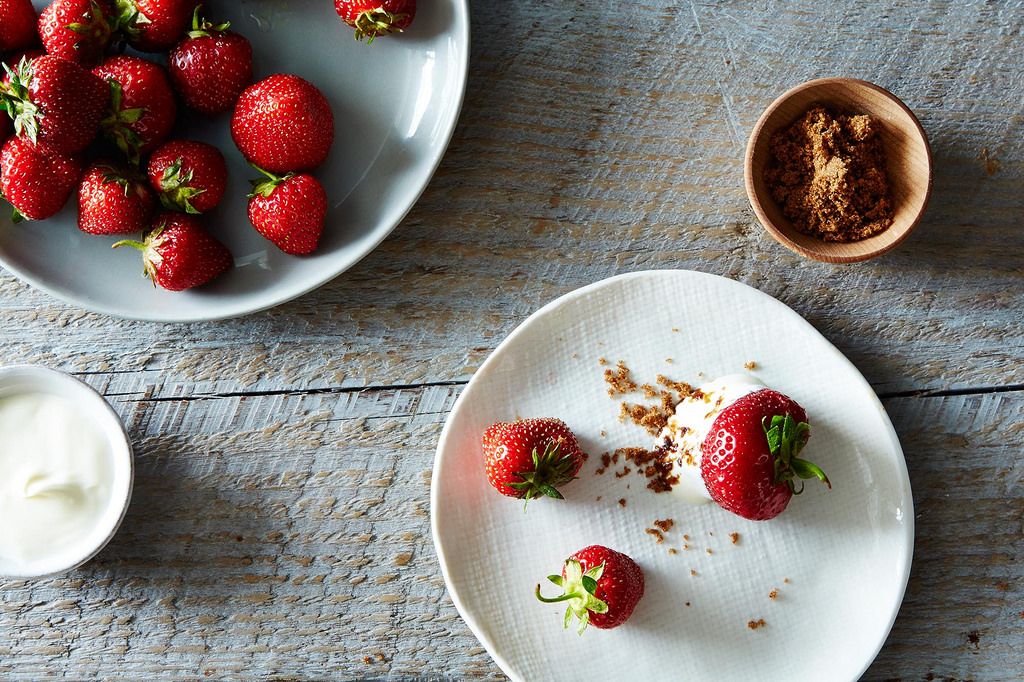

See what other Food52 readers are saying.